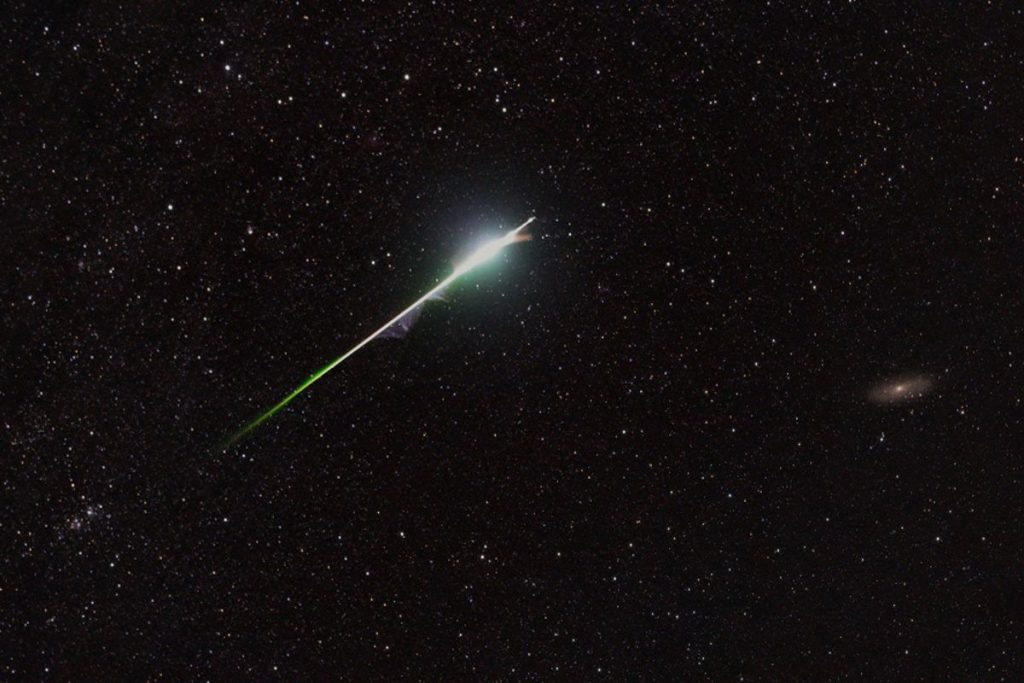Great success for our compatriot, Marzena Rogozinska. Her photo went to the prestigious NASA exhibition. It is the twelfth such achievement for Poland since 1995.
If I count correctly, it was the 12th photo from Poland awarded since 1995 – Marzena Rogozińska wrote in the event history.
On August 14, the image was awarded the title APOD – Astronomy’s Image of the Day [“Astronomiczne Zdjęcie Dnia” – przyp.red.]. The shot shows Perseid at the extreme swarm with the Andromeda Galaxy (M31) and the double star cluster Perseus (NGC 869 and NGC 884).

It is not easy to take this kind of photo. This star exposure lasted only 30 seconds, just after midnight on August 13-14, and appeared over Busko-Zdrój in Poland.
Flowing grain of cosmic sand
A mass of dust from periodic comet Swift-Tuttle passed through Earth’s atmosphere at a speed of about 60 kilometers per second.

The Andromeda Galaxy is the most distant object that can be seen with the naked eye, 2.5 million light-years away. However, the meteor’s visible path only begins at an altitude of 100 km above the Earth’s surface [na zdjęciu jest to kolorowy, jasny ślad – przyp.red.].






More Stories
Nvidia GeForce RTX 4090: AIDA64 gets Ada spearhead support
Rogue Trader – Details about the first cRPG in the series – CD-Action
t3n – Digital Pioneers | digital business magazine